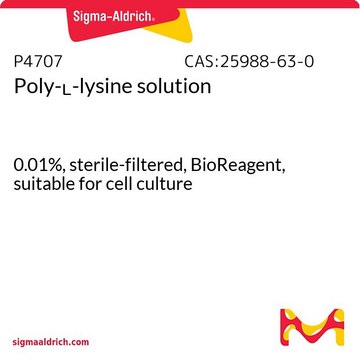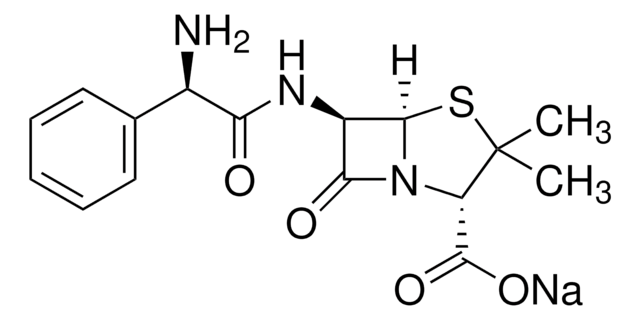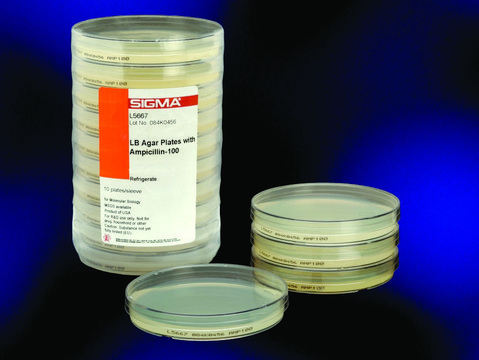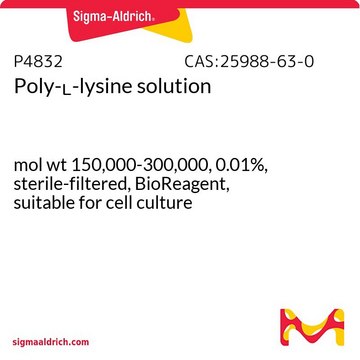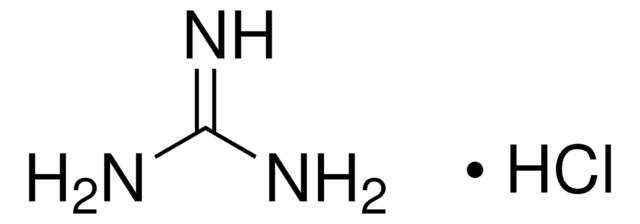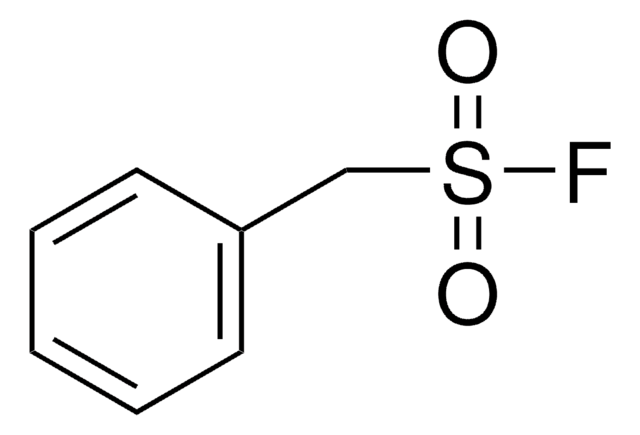推荐产品
应用
L-lysine-agarose is used in protein chromatography, affinity chromatography and amino acid resins. L-lysine-agarose has been used to study mitogen-activated protein kinase (MAPK) cascades in abscisic acid (ABA) signal transduction pathways as well as to study the regulation of phosphorylation of tau protein in the brain.
外形
Lyophilized powder stabilized with lactose and dextran
相关产品
储存分类代码
11 - Combustible Solids
WGK
WGK 3
闪点(°F)
Not applicable
闪点(°C)
Not applicable
个人防护装备
Eyeshields, Gloves, type N95 (US)
法规信息
新产品
V J Christiansen et al.
Arteriosclerosis, thrombosis, and vascular biology, 17(1), 164-171 (1997-01-01)
Deposition of the terminal complement proteins (C5b-9) on human endothelial cells can result in cell lysis or nonlytic alterations of cell function including procoagulant responses. Because regulation of fibrinolysis is a central endothelial function and because C9 contains a carboxyl-terminal
P Saxena et al.
Investigative ophthalmology & visual science, 41(6), 1473-1481 (2000-05-08)
With age, human lens crystallins become more pigmented, oxidized, modified by ascorbate oxidation and advanced glycation end products (AGEs), and bind copper. The hypothesis was tested that the major AGE and ascorbylation product in the human lens, N(epsilon)-carboxymethyl-L-lysine (CML), has
J Tao et al.
Biochemistry, 35(7), 2229-2238 (1996-02-20)
Specific binding of the human immunodeficiency virus Tat protein to its RNA site (TAR) is mediated largely by a single arginine residue located within a basic region of the protein. Many essential features of the interaction can be mimicked by
J Tao et al.
Proceedings of the National Academy of Sciences of the United States of America, 89(7), 2723-2726 (1992-04-01)
A single arginine residue within the basic region of the human immunodeficiency virus Tat protein mediates specific binding of Tat peptides to a three-nucleotide bulge in TAR RNA. It has been proposed that arginine recognizes TAR by forming a network
M B Furie et al.
Journal of cell science, 88 ( Pt 2), 161-175 (1987-09-01)
Monolayers of bovine microvascular endothelial cells (BMECs) grown on connective tissue derived from human amniotic membrane were used to examine the transendothelial migration of human neutrophils in vitro. Neutrophils placed above these cultures migrated in response to a chemotactic gradient
我们的科学家团队拥有各种研究领域经验,包括生命科学、材料科学、化学合成、色谱、分析及许多其他领域.
联系技术服务部门
